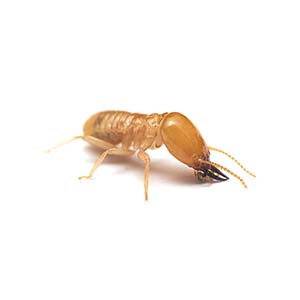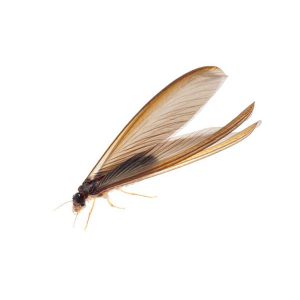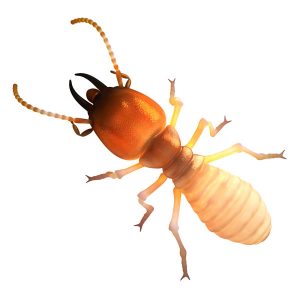Description
Subterranean Termites in Spokane, WA and Coeur d'Alene, ID
Subterranean termites are known to be the most destructive species in the United States, and it is estimated that they cause over $5 billion in damages to homes each year. These termites feed on cellulose, which is the main component in plant cells and wood. By chewing through timber, they can hollow out important supportive structures throughout houses and buildings, which can weaken the structural integrity and lead to costly repairs. Subterranean termites are so determined that they may also damage non-wood materials while searching for food sources. Since these termites primarily live in the ground, it can be challenging to detect and treat an infestation before it causes severe destruction.
Subterranean Termite Habitat
Subterranean termites require moisture and soil to survive, and they primarily feed on wood. So, they often build mud tunnels or tubes, which helps to preserve humidity and keep the termites safe from any predators. Since subterranean termites require contact with the soil, they often feed on wood sources that are touching the ground. Winged termites may also break off from the colony, losing their wings and becoming the king and queen of a new colony. A single colony can contain anywhere from 100,000 to 1 million individuals, which means they can cause extensive damage very quickly.
Subterranean Termite Behaviors, Threats, or Dangers
Subterranean termites are notorious for causing serious damage to homes and buildings. Though these termites are not known to bite or behave aggressively, they are known for chewing through or hollowing out crucial wooden supportive structures. Winged subterranean termites are often mistaken for winged ants, but they can be told apart by their straight antennae and thicker waist. Because subterranean termite colonies can grow so large and spread quickly, it is important to treat infestations as quickly as possible. One of the main warning signs of an infestation is the presence of the mud tube nests, which often link soil with wood. If you are concerned about subterranean termites in your home or building, it is important to call a professional termite exterminator as soon as possible.
Need help with Subterranean Termite control?
We'll call you! Leave your information below.



